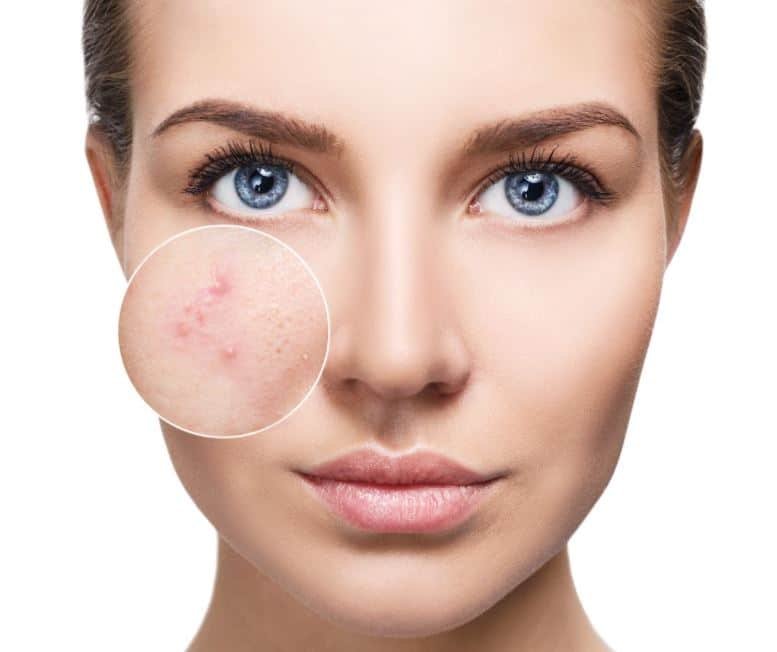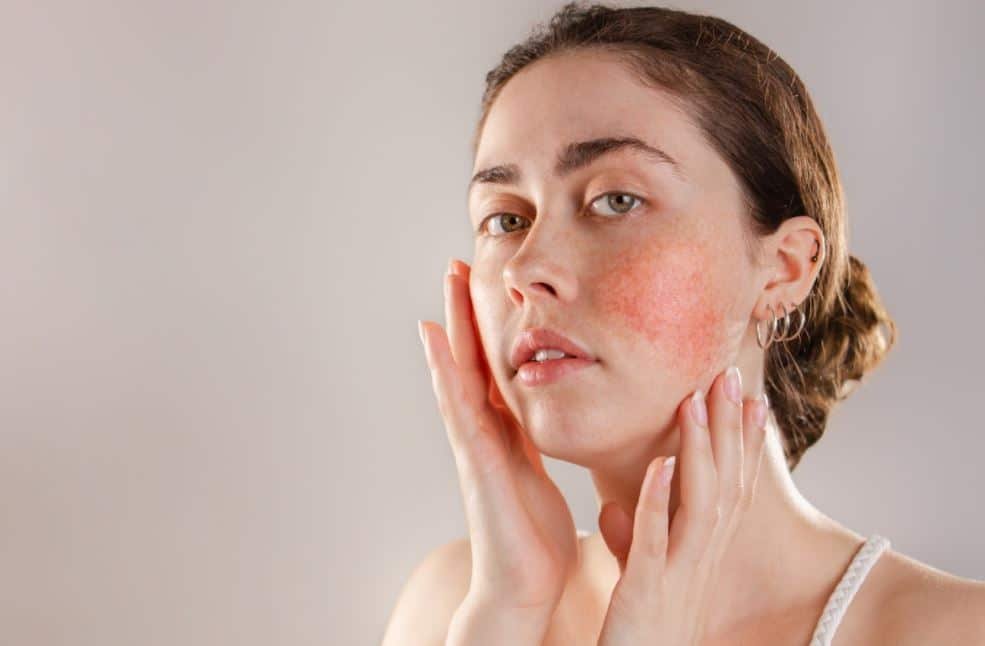Health
Rash, Itch, Or Disease: How To Differentiate Skin Conditions

Skin problems might be a common experience for some people. However, most people can’t tell what skin disease they have. Learning to differentiate one condition from the other is crucial to determine the appropriate remedy. But sometimes, it gets difficult to tell the difference since hundreds of skin conditions have similar symptoms.
This article will help you understand the differences between varying skin conditions. It includes determining their cause, the part of the body they affect, and the condition’s severity.
-
Herpes
Herpes is a condition caused by the herpes simplex virus (HSV). It’s characterized by sore blisters around the mouth or genitals. Herpes simplex virus comes in two forms:
- HSV-1: This virus affects the mouth and the surrounding skin.
- HSV-2: It affects genitals since it’s sexually transmitted.
Unfortunately, individuals with HSV infection have to deal with it for the rest of their lives. Some people with this virus don’t show symptoms, and when they do, it reflects the type of HSV they have. Although it remains in the body, symptoms can still be controlled through constant medication.
If you think that you may be having an HSV virus, visit your doctor for additional info on how to improve your symptoms.
-
Urticaria (Hives)
Urticaria or hives is one of the most common allergic skin conditions. It could be triggered when the antibodies in your bloodstream recognize foreign substances. Urticaria can appear anywhere on your body. It’s characterized by elevated blanched bumps surrounded by an itchy red rash.
Many lesions can emerge, but each disappears after eight to 12 hours. Older lesions resolve as new ones appear. You could manage hives with oral antihistamines to reduce symptoms; its effects can last up to eight weeks.
-
Eczema
This type of skin condition mainly develops in childhood, but it may also arise in adulthood. There are different types of eczema, such as atopic, seborrheic, and contact dermatitis.
Eczema may cause rashes around the scalp, face, wrists, elbows, legs, neck, or ankles. It’s characterized by the dryness and itchiness of the skin and can cover large parts of the body. However, they may also appear bumpy, thick, and in different colors.
Symptoms of eczema aren’t easy to recognize in individuals with dark skin as compared to light-skinned people. However, eczema can cause discoloration in people of color by making the affected areas look lighter or darker. Discoloration can be visible even after eczema symptoms no longer exist.
Eczema has no known treatment at present, but there are medicines to improve its symptoms.
-
Acne
Acne is a common skin condition caused when the pores on your skin are blocked by either sebum (oily substance), hair, dead skin, or bacteria. These blockages may produce nodules, blackheads, whiteheads, and other types of pimples. Acne may begin surfacing during the puberty stage and could affect people of any race or color.
It is more common in teenagers and young adults due to hormonal imbalance. However, some people in their 20s and 30s could still struggle with acne too.
Acne commonly appears on the face, chest, forehead, upper back, and shoulders. Although oil glands are found all over the body, acne affects parts where more pores are found. However, treatment depends on the severity of the condition. When it becomes uncontrollable, it would be best to visit a dermatologist for further advice.
-
Cold Sores (Fever Blisters)
Cold sores occur due to the herpes simplex virus. They appear on the edge of the lip. HSV exists in spinal cord nerve cells and only travels along peripheral nerves to the skin after environmental triggers, such as cold or sunburn. The eruption of HSV is limited to about ten days and may not require treatment. However, if an outbreak is too frequent, you might need to seek treatment.
-
Plant Rashes
This condition is characterized by a linear blister that occurs within 24-48 hours after contact with a poisonous plant. Since some plants contain highly allergic chemicals, some individuals could be allergic to a single priming exposure. Symptoms of plant rashes resolve within three weeks but can recur when you contact the plant again.

Conclusion
There are over 3,000 skin disorders recognized by dermatology. Some cause a change in color and texture, while others cause lesions. Skin conditions can be caused by allergic reactions, infections, among other reasons. However, some minor skin conditions don’t require medication, while severe ones might need professional assistance.
If you’re struggling with a skin disorder, you’re one among millions. If you aren’t sure of the type of condition you’re having or experiencing difficulty managing it, seeking help from a professional dermatologist would be a great option.
Also check: 6 Essential Skincare Tips for Women
-

 Celebrity4 weeks ago
Celebrity4 weeks agoIs YNW Melly Out Of Jail? What Is The YNW Melly Release Date, Career, Early Life, And More
-

 Sports4 weeks ago
Sports4 weeks agoMore Than Just a Game: How College Sports Can Shape Your Future
-

 Tech3 weeks ago
Tech3 weeks agoAI Software: Transforming the Future of Technology
-

 Tech3 weeks ago
Tech3 weeks agoAll About Com. Dti. Folder Launcher: Features, Benefits, Tips, And More













